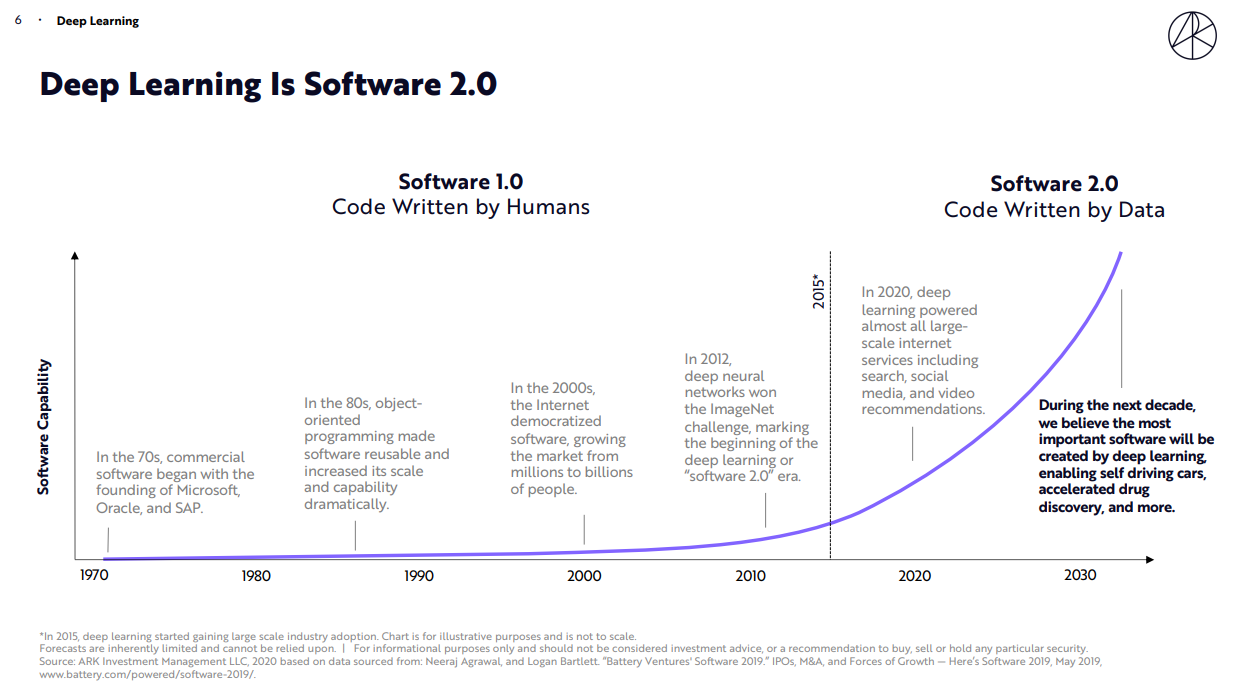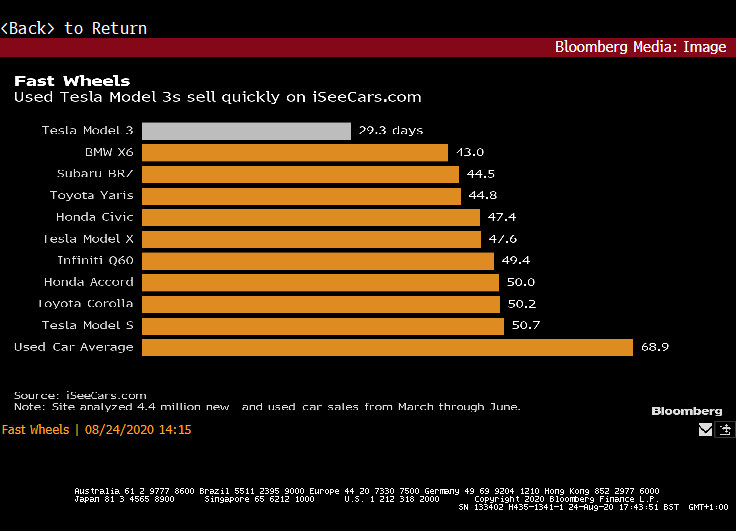World's Most Vaccinated Nation Struggles With Virus Variants
This article by Gwen Ackerman for Bloomberg may be of interest to subscribers. Here is a section:
Eoin Treacy's view -The variant first identified in the U.K., 50% more infectious and possibly more virulent than the original virus, is to blame for the inability so far of the vaccination campaign and the lockdown to curb the spread, Israeli health ministry officials said.
Although the vaccine is believed to work against the variant, the mutation’s more contagious nature means higher infections and hence more hospitalizations. The health ministry’s main goal now is to bring down the numbers of the seriously ill who are overwhelming hospital wards and exhausting medical teams.
The rate of infections in Israel has declined to just over 9% from 10.2% earlier this month, and people seriously or critically ill has stabilized at about 1,100. But the number of patients on respirators has hit a record, Corona Commissioner Nachman Ash has said. More than 4,600 people in Israel have died from the virus, and more than 7,600 people are being diagnosed with it daily.
Balicer said it would likely take another 10 days before the country sees critical cases decline, allowing the economy to begin to return to normal.
Israel offers a valuable preview of what the rollout of vaccines in other countries will look like. The country’s advantages in having a small population, socialised medicine and rapid vaccination program suggest it represents a best-case scenario for what other countries might hope for. As vaccinations roll out and enthusiasm that the light at the end of the tunnel is in view, the spectre of virus variants represents a brake on the pace of reopening.
This section continues in the Subscriber's Area. Back to top




